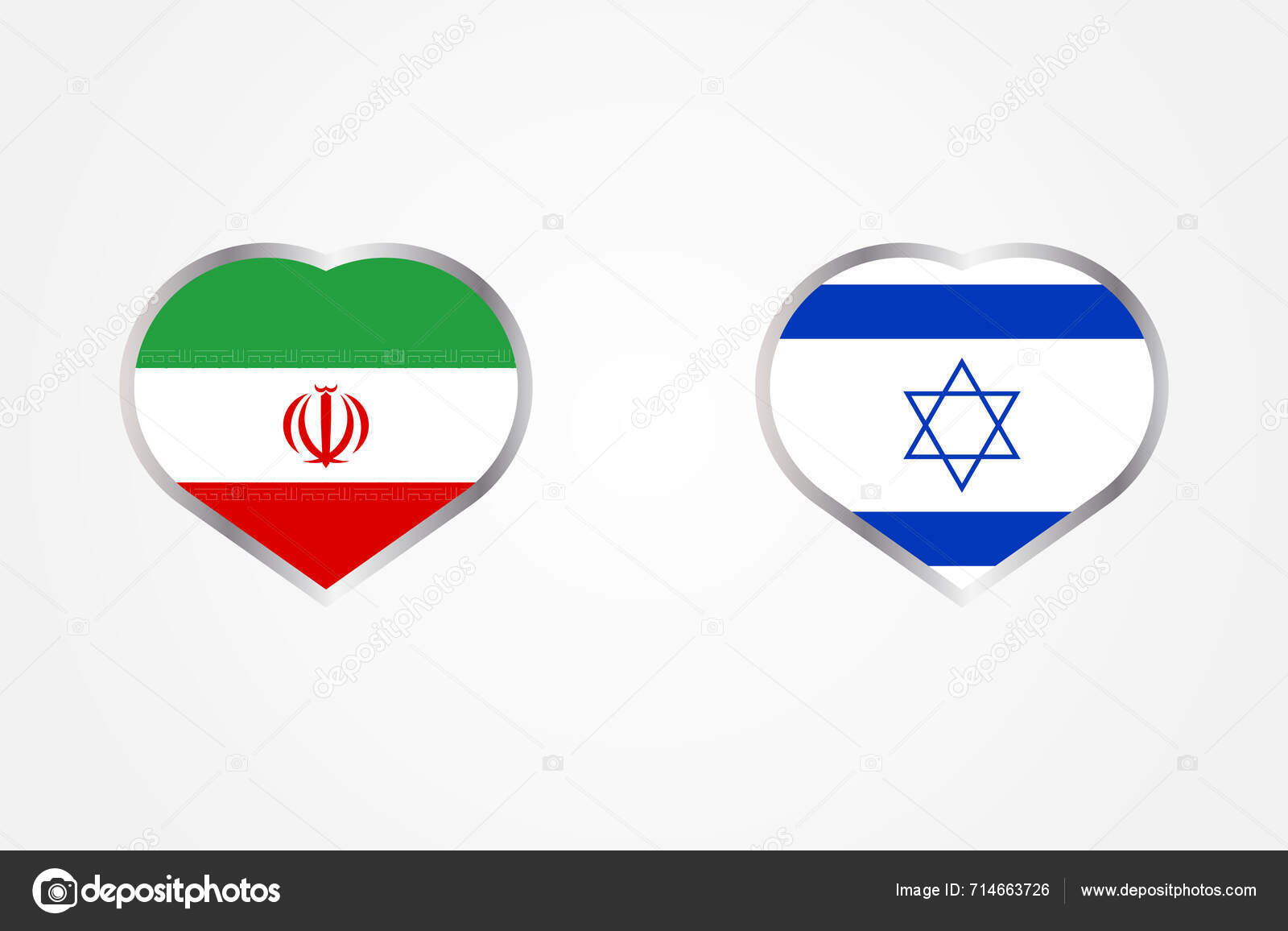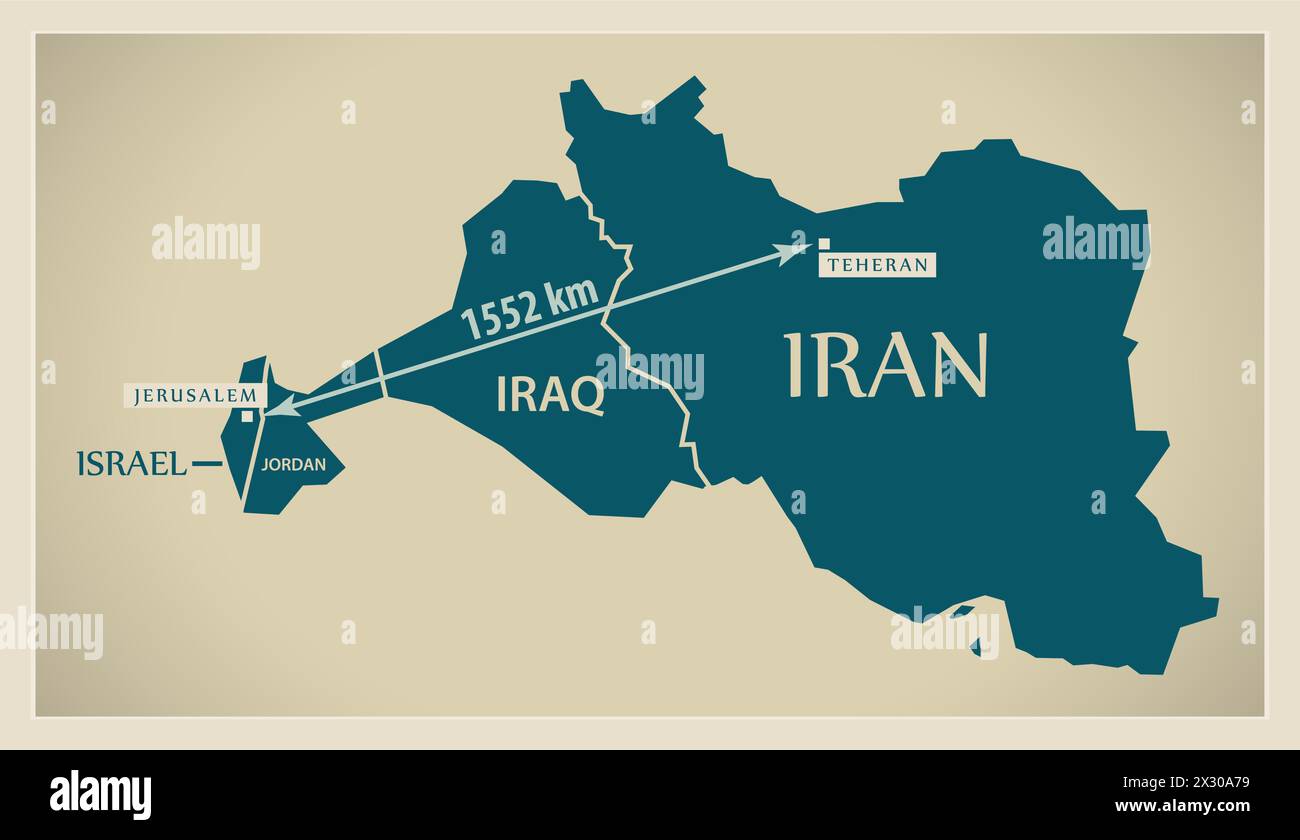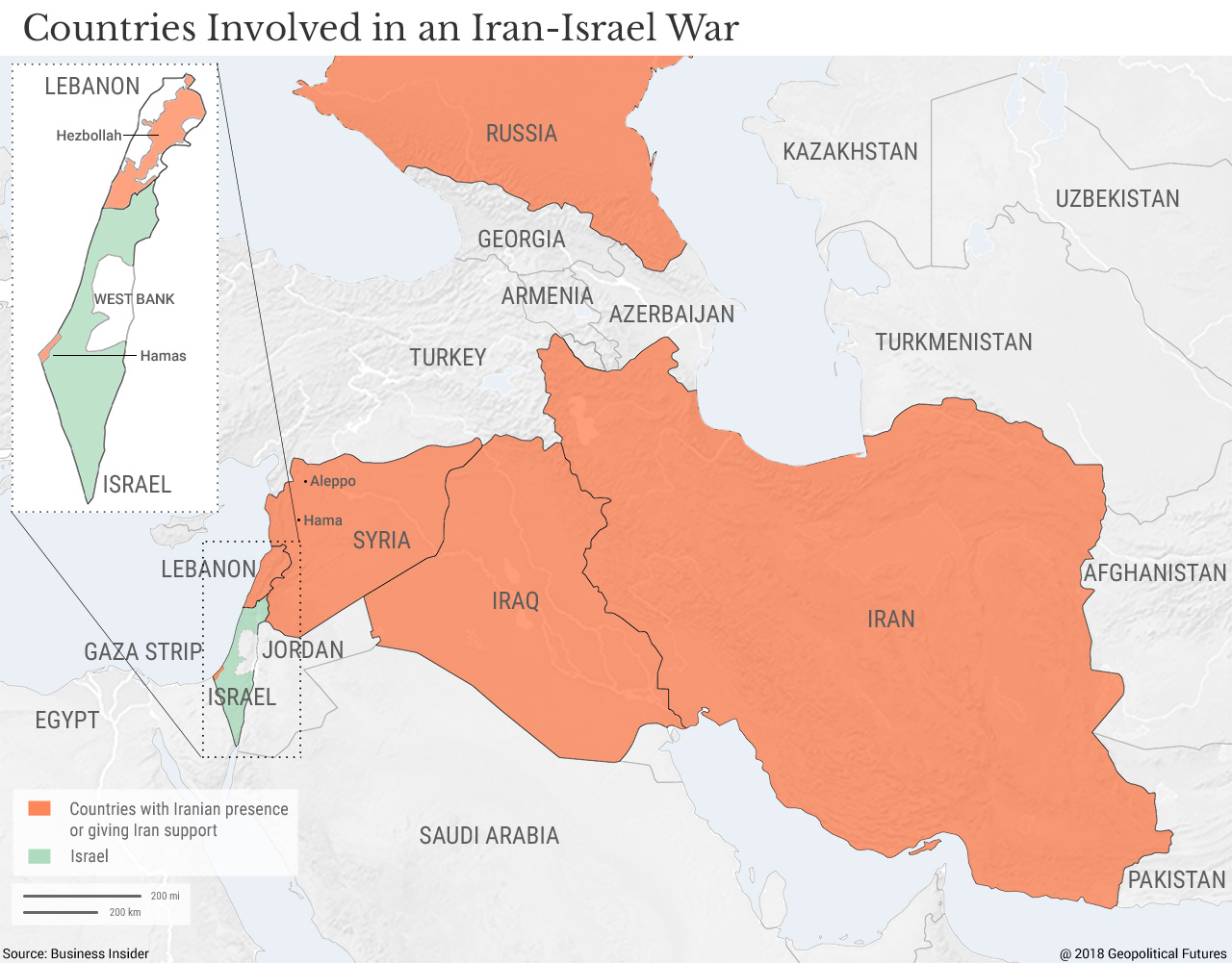The Air Corridor: Understanding Israel-Iran Flight Distance
When we consider the vastness of our world and the intricate web of global connections, questions about geographical separation often arise, particularly concerning regions with complex geopolitical dynamics. One such intriguing query that frequently surfaces relates to the distance from Israel to Iran flight distance. While direct air travel between these two nations is not a common occurrence due to political realities, understanding the sheer geographical separation and the factors influencing potential flight paths offers valuable insight into regional logistics and the broader challenges of air navigation.
Exploring this topic goes beyond mere numbers; it delves into the principles of aviation, the role of international airspace, and the practicalities of calculating distances across continents. From the simple "air line" distance to the more complex realities of actual flight routes, this article will unpack the various dimensions involved in determining the aerial separation between Israel and Iran, leveraging the very tools and concepts that allow us to measure distances across the globe.
Table of Contents
- Understanding the Geopolitical Landscape
- The Core Question: What is the Direct Flight Distance?
- Factors Influencing Flight Paths and Distances
- Navigating Restricted Airspaces: A Complex Reality
- Implications of Flight Distance on Regional Dynamics
- Historical Context and Air Travel Limitations
- The Role of Technology in Measuring Distances
- The Broader Picture: Air Travel in the Middle East
- Conclusion
Understanding the Geopolitical Landscape
Before delving into the specifics of flight distances, it's crucial to acknowledge the complex geopolitical relationship between Israel and Iran. These two nations do not share diplomatic ties, and direct travel or trade is virtually non-existent. This political reality significantly impacts any discussion of "flight distance" in a practical sense, as there are no direct commercial or civilian flights operating between them. Therefore, when we discuss the distance from Israel to Iran flight distance, we are primarily referring to the theoretical geographical separation and the logistical challenges that would arise if such flights were ever to be considered. The focus here is on the technical aspects of measuring and understanding this separation, rather than the political feasibility of direct air travel. This foundational understanding helps frame the technical discussion that follows, emphasizing that while distances can be calculated, the practical application in this specific context is heavily constrained by international relations.The Core Question: What is the Direct Flight Distance?
At its heart, the question of the distance from Israel to Iran flight distance is a geographical one. When we talk about the "direct" distance, we are typically referring to the shortest possible path between two points on the Earth's surface, often called the "great-circle distance" or "air line" distance. This is the path an aircraft would take if it could fly unimpeded in a straight line, following the curvature of the Earth. To determine this, one would use a reliable distance calculator. For instance, platforms like distance.to are renowned for their ability to calculate distances between locations worldwide. As the data suggests, "Cu calculatorul de distanță distance.to, poți calcula cu ușurință distanțele dintre locuri din întreaga lume. Trebuie doar să introduci locul dorit în caseta de căutare și vei primi cea mai scurtă" (With the distance.to distance calculator, you can easily calculate distances between places around the world. You just need to enter the desired location in the search box and you will get the shortest). This means, by simply entering a major city in Israel, such as Tel Aviv, and a major city in Iran, like Tehran, into the search function of such a calculator, you would obtain the direct "air line" distance. Based on commonly available data from these types of calculators, the direct air distance between, for example, Tel Aviv, Israel, and Tehran, Iran, is approximately **1,500 to 1,700 kilometers (around 930 to 1,050 miles)**. This figure represents the shortest possible path, cutting across various geographical features and potentially several countries. It's important to note that this is a theoretical straight-line distance, not a practical flight route.How Distance Calculators Work
Distance calculators like distance.to leverage sophisticated algorithms and geographical data to provide accurate measurements. They operate by taking the precise latitude and longitude coordinates of two given locations and applying the Haversine formula, which calculates the great-circle distance between two points on a sphere. "Le célèbre calculateur de distance permet de déterminer la distance en kilomètres qui sépare deux lieux et coordonnées," highlighting their precision. The process is remarkably user-friendly: "Bara ange önskat startpunkt och destination i sökfunktionen så får du kortaste." (Just enter the desired starting point and destination in the search function and you will get the shortest). This simplicity belies the complex calculations happening behind the scenes, which account for the Earth's spherical shape to ensure the most accurate "air line" distance. Beyond just the distance, these tools often provide additional valuable information. "Il fournit aussi un planificateur d'itinéraire, des cartes interactives et..." (It also provides a route planner, interactive maps and...). This suite of features makes them indispensable for anyone needing to understand geographical separation, whether for logistical planning or general curiosity. They can show the distance between any two points, like "Shows the distance in kilometres between Mecca and Medina and displays the route on an interactive map," or even "Shows the distance from Tokyo to the North Pole, Equator, South Pole and any place in the world."The 'Air Line' vs. Actual Flight Paths
While the "air line" distance provides the theoretical shortest path, it rarely reflects the actual route an aircraft would take. Real-world flight paths are influenced by a multitude of factors, making the practical distance from Israel to Iran flight distance significantly longer than the straight-line measurement. These factors include: * **Airspace Restrictions:** Countries often have sovereign control over their airspace, and flights may be prohibited from entering certain territories due to political reasons or military operations. * **Navigational Waypoints and Air Traffic Control (ATC):** Aircraft follow predefined airways and waypoints, guided by ATC, to ensure safety and efficient traffic flow. These routes are not always perfectly straight. * **Weather Conditions:** Pilots must avoid severe weather, such as thunderstorms or strong headwind, which can necessitate diversions and add considerable distance to a flight. * **Fuel Efficiency and Aircraft Performance:** Airlines optimize routes for fuel consumption and flight time, which might involve slight deviations from the shortest path to take advantage of favorable winds or avoid less efficient altitudes. * **Safety and Security Concerns:** Geopolitical tensions can lead to flight paths being deliberately routed around sensitive areas, adding significant detours. Therefore, even if direct flights were politically permissible, the actual flight distance would be greater than the calculated "air line" distance due to these operational and geopolitical considerations.Factors Influencing Flight Paths and Distances
Beyond the theoretical shortest path, numerous practical considerations dictate how aircraft actually traverse the skies, directly impacting the effective distance from Israel to Iran flight distance if such a journey were to occur. Airspace regulations are paramount; each country controls its own airspace, and permission is required for overflight. For example, the "air line" between Israel and Iran would likely pass over countries like Jordan, Iraq, or Syria. The political relations between the overflown countries and the originating/destination countries play a critical role. If overflight permission is denied, a flight would have to take a much longer, circuitous route, potentially adding hundreds or even thousands of kilometers. Moreover, air traffic control (ATC) dictates specific flight corridors to manage the immense volume of global air traffic safely. These corridors are designed to prevent collisions, ensure efficient flow, and separate different types of aircraft. An aircraft cannot simply fly a straight line; it must adhere to these established routes, which are often indirect. Weather patterns, too, are a constant factor. Strong headwinds can increase flight time and fuel consumption, while tailwinds can shorten them. Pilots often adjust routes to leverage favorable winds or avoid turbulent areas, which can alter the effective distance traveled. Finally, commercial considerations, such as optimizing fuel burn and passenger comfort, also play a role, with airlines choosing routes that balance speed, efficiency, and safety.Navigating Restricted Airspaces: A Complex Reality
The Middle East is a region characterized by a complex tapestry of international borders and sensitive geopolitical zones, making the concept of unrestricted air travel a rarity. For any potential flight between Israel and Iran, navigating restricted airspaces would be the most significant hurdle, far outweighing the initial distance from Israel to Iran flight distance. Many countries in the region have airspace restrictions due to military activities, political disputes, or security concerns. For instance, certain areas might be designated as no-fly zones, or require special diplomatic clearances that are difficult to obtain for flights between adversarial nations. The absence of diplomatic relations between Israel and Iran means that direct overflight permissions would be virtually impossible to secure. Any flight would therefore be compelled to bypass countries that do not permit Israeli aircraft in their airspace, or those that are politically aligned with Iran and would deny overflight. This necessitates extremely circuitous routes, potentially extending over the Arabian Peninsula, the Red Sea, or even further south into international waters, before turning north towards Iran. Such detours dramatically increase the actual flight distance, fuel consumption, and travel time, making a direct flight path a theoretical impossibility under current geopolitical conditions. This highlights how political realities can render geographical proximity irrelevant for practical air travel.Implications of Flight Distance on Regional Dynamics
While the direct distance from Israel to Iran flight distance is a geographical fact, its implications extend far beyond mere kilometers. In a region as volatile as the Middle East, geographical proximity, or the lack thereof, plays a significant role in strategic calculations. The relatively short "air line" distance, despite the absence of direct flights, means that the two nations are within range of each other's military capabilities, particularly advanced long-range missiles and drones. This geographical reality underpins much of the strategic thinking and defense planning in both countries. From a civilian perspective, the inability to traverse this distance directly, due to political barriers, has profound economic and social consequences. It forces indirect trade routes, complicates humanitarian efforts, and prevents cultural exchange through direct travel. The economic costs associated with longer shipping routes or the complete absence of direct economic ties are substantial. Moreover, for individuals, visiting family or conducting business requires complex multi-leg journeys, often through third countries, adding significant time, expense, and logistical challenges. Thus, the "distance" here is not just a measure of space, but a powerful symbol of political division and its tangible impact on regional dynamics and the lives of ordinary people.Historical Context and Air Travel Limitations
The history of air travel between Israel and Iran, or rather the lack thereof, is deeply rooted in the geopolitical shifts of the late 20th century. Prior to the 1979 Iranian Revolution, there were indeed direct flights and diplomatic relations between the two countries. This historical period demonstrates that the geographical distance from Israel to Iran flight distance was not, in itself, an insurmountable barrier. Airlines like El Al (Israel's national carrier) and Iran Air operated routes that connected Tel Aviv and Tehran, underscoring a period of different regional dynamics. However, with the Iranian Revolution and the subsequent establishment of the Islamic Republic, diplomatic ties were severed, and all direct air links ceased. Since then, the airspace between the two nations has effectively become a no-go zone for direct flights. This historical context is crucial because it illustrates that the current limitations are not due to geographical or technological constraints, but entirely to political decisions. The "air line" distance remains the same, but the practical accessibility has been completely altered. This serves as a powerful reminder that while technology has made global travel increasingly efficient, political will and international relations remain the ultimate arbiters of connectivity.The Role of Technology in Measuring Distances
In an increasingly interconnected world, technology plays a pivotal role in understanding and visualizing geographical distances, including the distance from Israel to Iran flight distance. Modern mapping tools and distance calculators, such as distance.to, have revolutionized our ability to quickly and accurately determine the separation between any two points on the globe. These platforms are not just simple calculators; they are sophisticated systems that integrate vast amounts of geographical data, satellite imagery, and complex algorithms to provide comprehensive insights. "Med arstandsberegneren distance.to kan du let fastslå afstanden mellem steder i hele verden. Du skal blot angive et ønsket sted i søgefunktionen, så får du den korteste afstand." (With the distance calculator distance.to, you can easily determine the distance between places all over the world. You just need to enter a desired location in the search function, and you will get the shortest distance.) This ease of use masks the underlying complexity, which includes accounting for the Earth's curvature, different map projections, and precise geodetic measurements. These tools are indispensable for pilots, navigators, logistics planners, and anyone requiring precise spatial information.Beyond Simple Calculations: Advanced Tools
Modern distance calculation tools go far beyond merely providing a straight-line number. They often incorporate features that simulate real-world travel conditions. For instance, many offer "route planner" functionalities that consider road networks, elevation changes, and even traffic conditions for ground travel. For air travel, while not directly applicable to the Israel-Iran scenario due to political constraints, advanced tools can factor in typical flight corridors, major airports, and even prevailing wind patterns to estimate more realistic flight times and fuel consumption for theoretical routes. Furthermore, these platforms often include "interactive map" displays, allowing users to visualize the route, zoom in on specific areas, and understand the geographical context. "Shows the distance in kilometres between Dublin and Cork and displays the route on an interactive map," or "Shows the distance in kilometres between London and Singapore and displays the route on an interactive map," are examples of how these tools bring distances to life, offering a dynamic and engaging way to explore global geography. They can even help "Yerler arasındaki orta noktayı bulun iki şehir veya yer arasında merkezin nerede olduğunu veya ortada nerede buluşa bileceğinizi bilmek ister misiniz?" (Find the midpoint between places. Do you want to know where the center is between two cities or places, or where you can meet in the middle?), adding another layer of utility.The Importance of Accurate Data
The reliability of these distance calculations hinges entirely on the accuracy of the underlying geographical data. This includes precise latitude and longitude coordinates for cities, airports, and other points of interest. Errors in this foundational data can lead to significant discrepancies in calculated distances. Therefore, reputable distance calculators constantly update their databases, drawing from authoritative sources like national mapping agencies, international aviation organizations, and satellite imagery. The commitment to data integrity ensures that when you seek the distance from Israel to Iran flight distance, or any other global measurement, you receive information that is as precise and trustworthy as possible. This meticulous approach to data collection and processing is what empowers users to make informed decisions, whether for academic research, logistical planning, or simply satisfying a curious mind.The Broader Picture: Air Travel in the Middle East
While the focus of this article has been on the specific distance from Israel to Iran flight distance, it's important to place this within the broader context of air travel in the Middle East. This region is a vital crossroads for global aviation, connecting Europe, Asia, and Africa. Major hubs like Dubai, Doha, and Istanbul facilitate millions of passenger transits annually, making the efficient management of airspace and flight paths critically important. However, the geopolitical complexities of the Middle East mean that air travel is often subject to political considerations. Airspace closures, overflight restrictions, and the absence of diplomatic relations between certain states create a challenging environment for airlines. This often results in longer flight times and higher operational costs as aircraft are forced to take circuitous routes to avoid restricted zones. For example, a flight from a Gulf state to Israel might have to fly south over the Red Sea before turning north, rather than taking a more direct path over neighboring countries. This intricate web of routes and restrictions underscores how political boundaries, even those invisible in the sky, profoundly shape the reality of global air travel. The theoretical straight-line distance is just one piece of a much larger, more complex puzzle.Conclusion
In exploring the distance from Israel to Iran flight distance, we've journeyed from the theoretical straight-line measurement to the intricate realities of global air travel. We've seen that while tools like distance.to can precisely calculate the "air line" distance—approximately 1,500 to 1,700 kilometers between major cities—this figure is a geographical truth, not a reflection of practical flight paths. The complex geopolitical landscape, marked by a lack of diplomatic ties and extensive airspace restrictions, means that direct flights between Israel and Iran are currently impossible. Any theoretical flight would be forced to undertake significant detours, vastly increasing the actual distance traveled. This discussion highlights a crucial point: geographical proximity is only one element in the equation of international connectivity. Political will, international relations, and the intricate web of air traffic regulations play an equally, if not more, significant role in determining how people and goods move across the globe. We encourage you to explore the fascinating world of distance calculation using tools like distance.to to satisfy your curiosity about other global connections. What other distances intrigue you? Share your thoughts in the comments below, or explore more of our articles on the fascinating intersection of geography, technology, and international relations.
Iran Israel War Israel Iran Hearts Concept Flags Iran Israel Stock

Modern Map - Distance between Jerusalem ISRAEL and Teheran IRAN Stock

Israel and Iran Prepare for Conflict - Geopolitical Futures